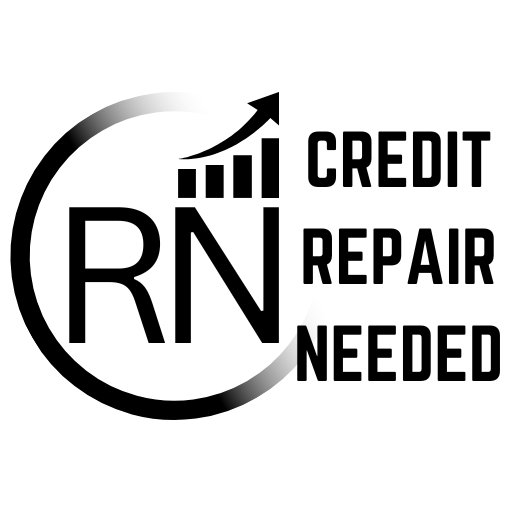Level Up Your Money Game: Master Advanced Credit
Mastering the Nuances of Credit - Part 1
Ready to graduate from credit basics? Dive deep into advanced concepts like credit scoring, debt ratios, and Advanced APR. We’ll show you how to navigate these powerful tools to unlock your financial potential. No more confusing jargon, just actionable insights to help you master your financial journey. Take control and watch your credit score soar!
MODULE 1:
Introduction to Advanced Credit Concepts - Part 1
Advanced APR Concepts
-While we’ve covered the basics of APR before, let’s delve into some more complex aspects:
- Effective APR: The true cost of borrowing when compounding is taken-into-account.
- Daily Periodic Rate (DPR): The APR divided by 365 or 360, used to calculate daily interest charges.
- Penalty APR: A higher rate that may be applied if you violate the terms of your credit agreement.
Example: If your credit card has an APR of 18%, the Daily Periodic Rate would be 0.0493% (18% ÷ 365 = 0.0493%). This rate is used to calculate interest on a daily basis.
Advanced Credit Scoring Concepts
Let’s explore some lesser-known aspects of credit scoring:
- FICO Score Versions: FICO 8, FICO 9, FICO 10, and industry-specific scores.
- VantageScore: An alternative to FICO developed by the three major credit bureaus.
- Credit Score Factors: Beyond the basics, including credit mix and recent credit inquiries.
Example: FICO 9 treats medical debt less severely than other types of debt, potentially resulting in a higher score for those with medical collections.
Important Debt Ratios
- Debt-to-Income Ratio (DTI): Your monthly debt payments divided by your gross monthly income.
- Debt-to-Credit Ratio: Another term for credit utilization ratio, but applied across all revolving accounts.
- Loan-to-Value Ratio (LTV): Used in mortgage lending, it’s the loan amount divided by the appraised value of the property.
Advanced Credit Products
Let’s explore some more complex credit products and their unique terms:
- Home Equity Line of Credit (HELOC): A revolving credit line secured by your home equity.
- Charge Cards: Similar to credit cards but typically require full payment each month.
- Secured Credit Cards: Require a cash deposit that serves as collateral.
- Business Credit Cards: Designed for business expenses with unique rewards and terms.
Example: A HELOC might have a draw period of 10 years during which you can borrow against your credit line, followed by a repayment period of 20 years.
Important Credit Laws and Regulations
- Fair Credit Reporting Act (FCRA): Regulates the collection and use of consumer credit information
- Equal Credit Opportunity Act (ECOA): Prohibits discrimination in lending.
- Truth in Lending Act (TILA): Requires clear disclosure of key information about credit terms and costs.
- Fair Debt Collection Practices Act (FDCPA): Prohibits abusive debt collection practices.
Conclusion
By mastering these advanced credit concepts, you’re equipping yourself with the knowledge to make more informed financial decisions. Remember, understanding these terms is just the beginning – applying this knowledge to your personal financial strategy is where the real value lies.
